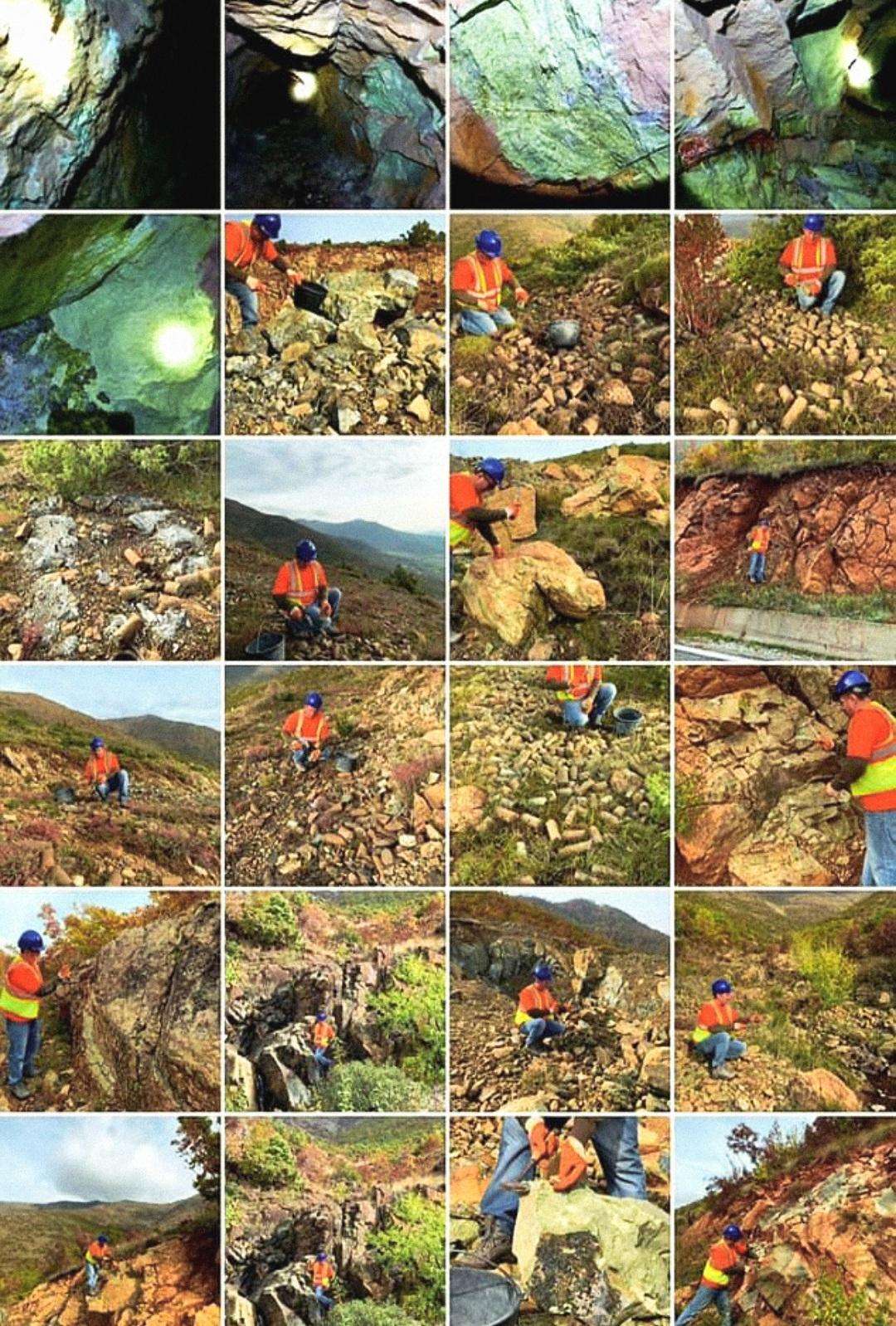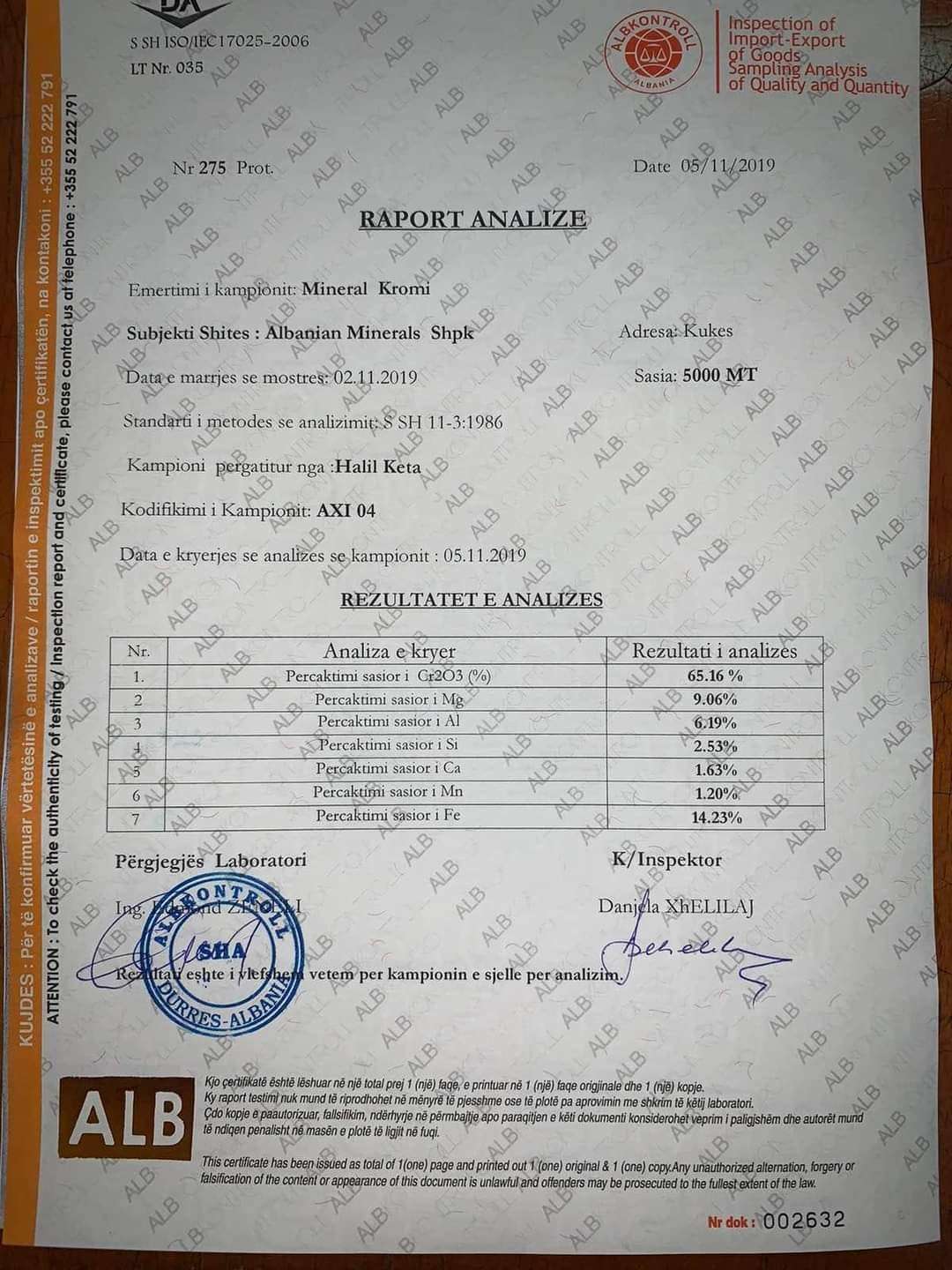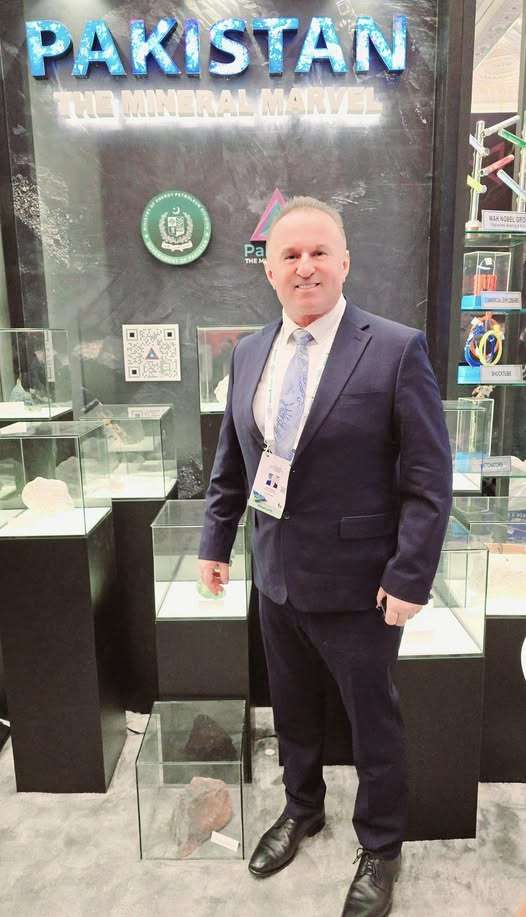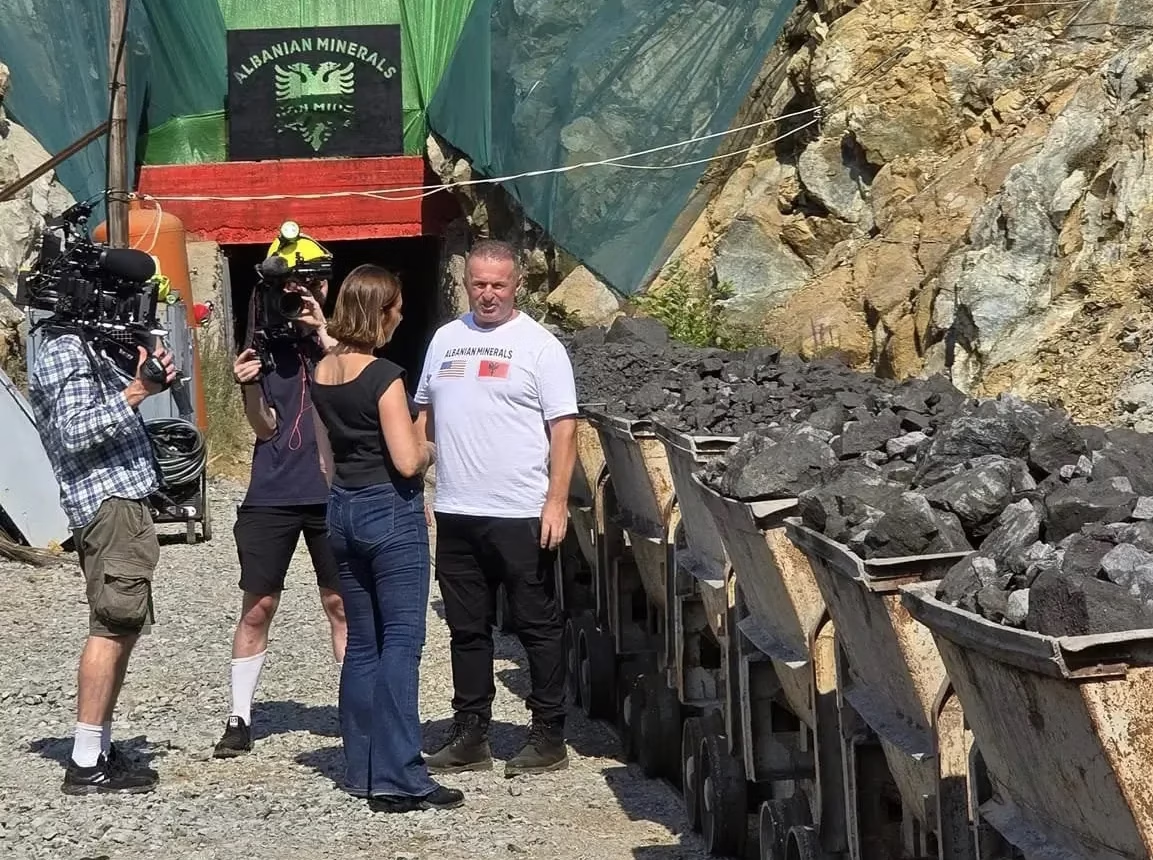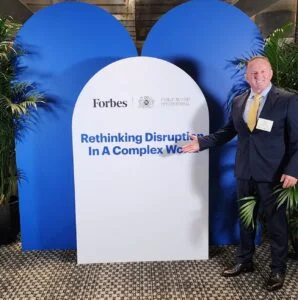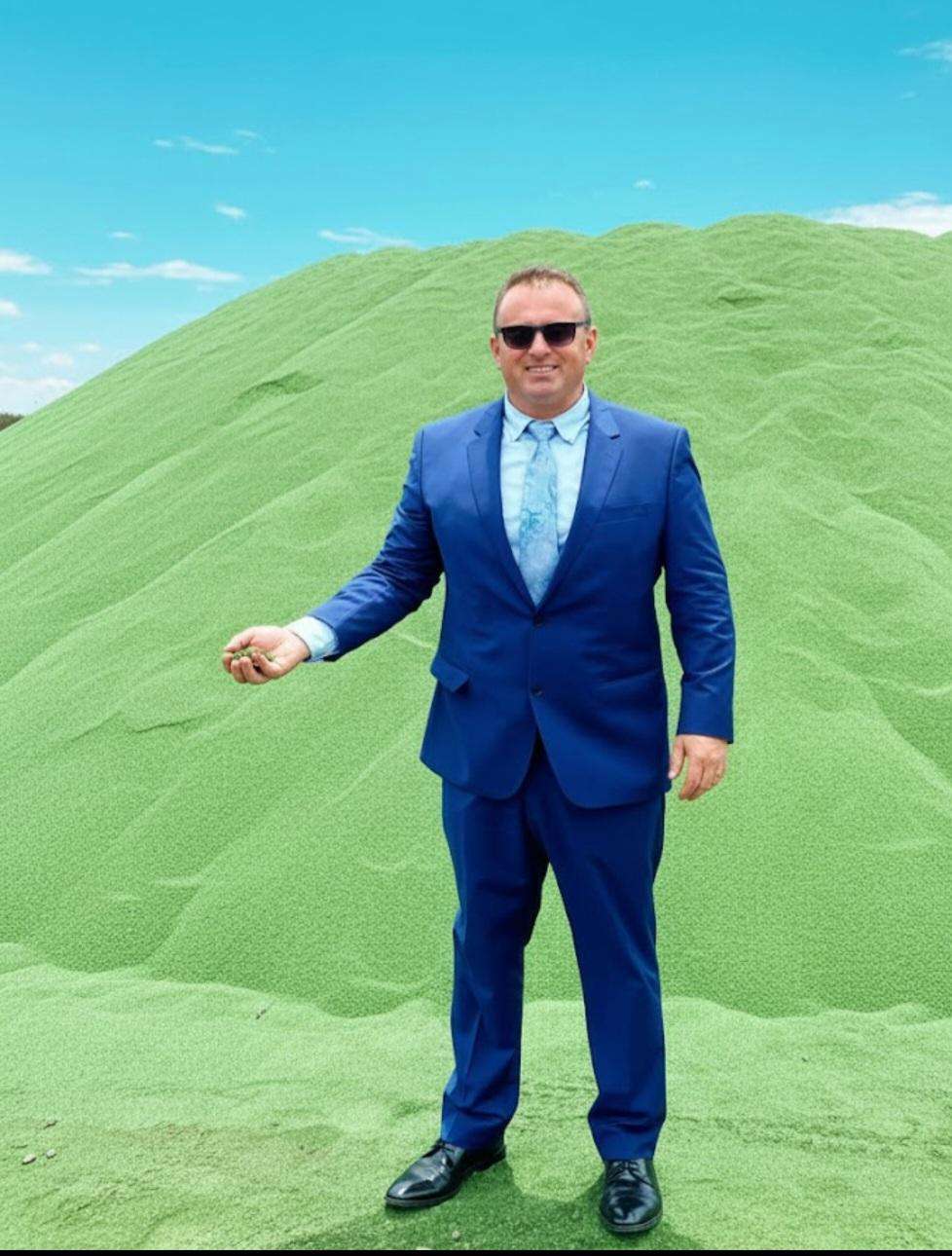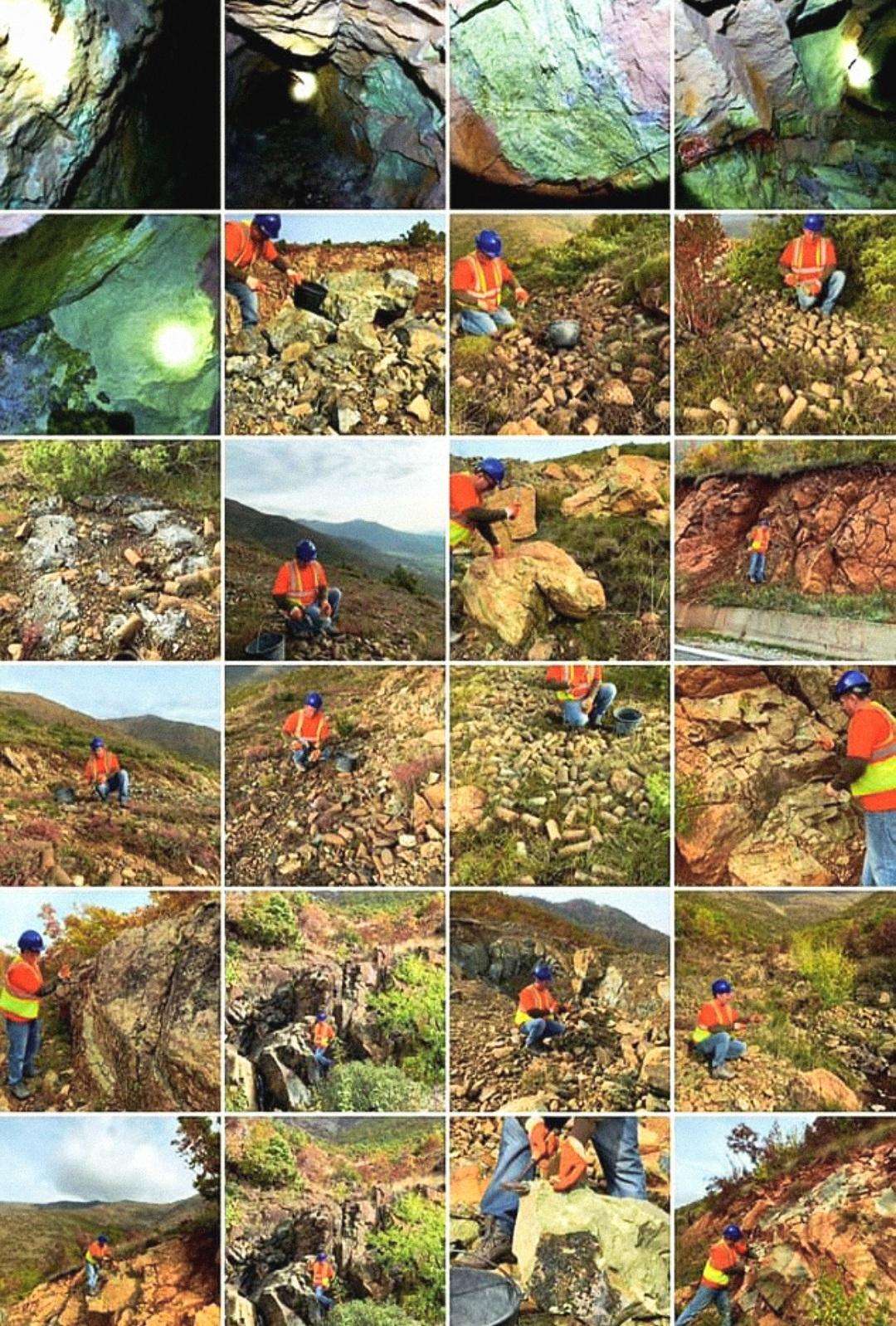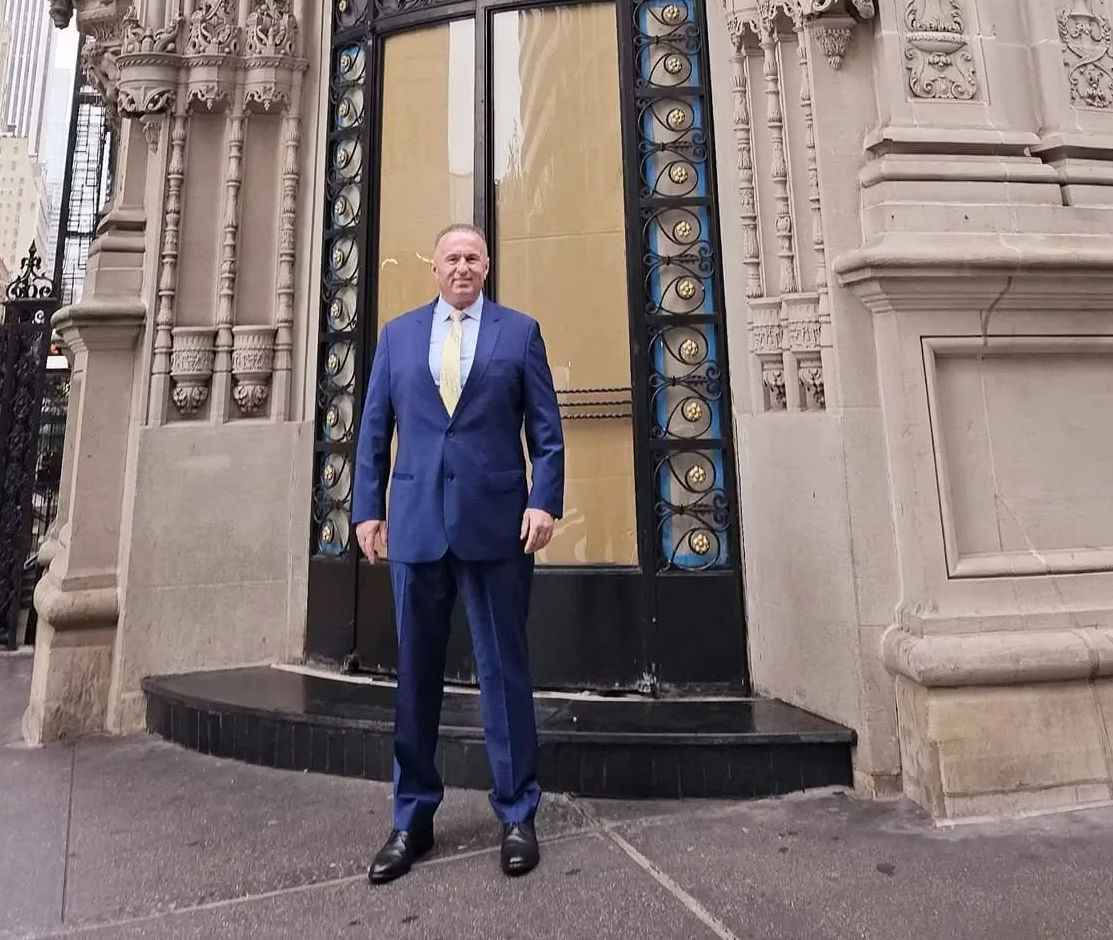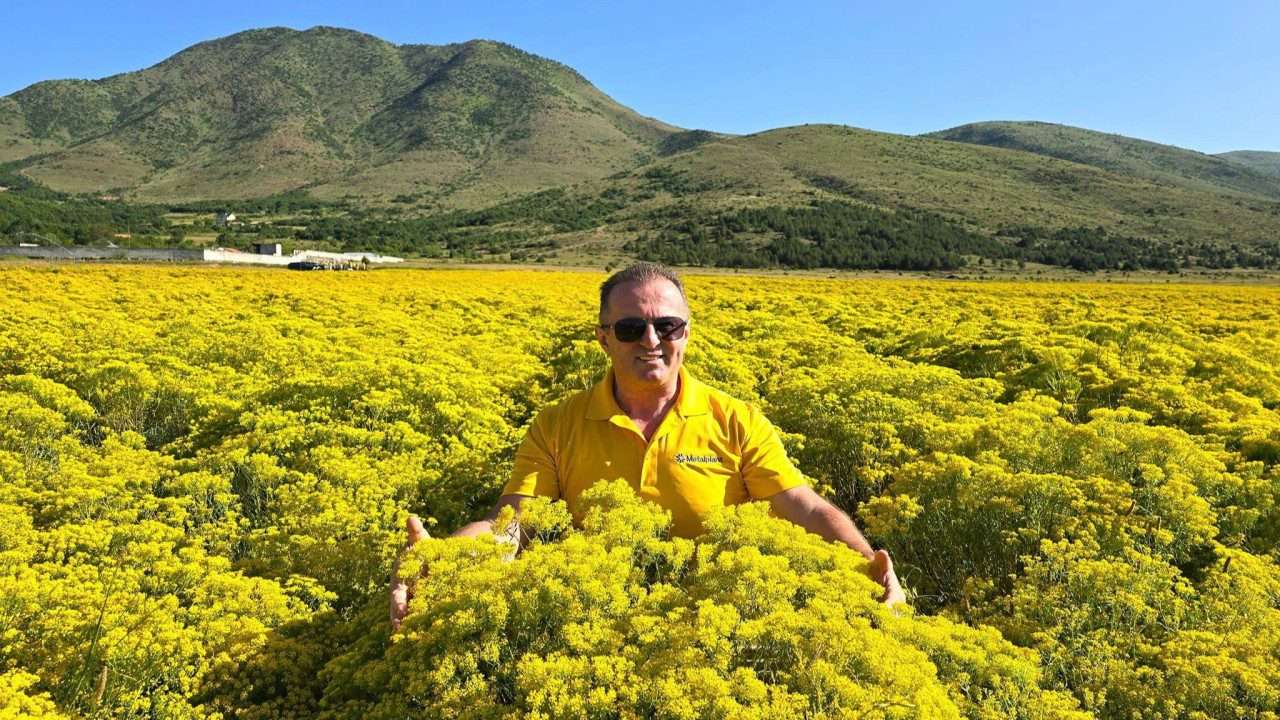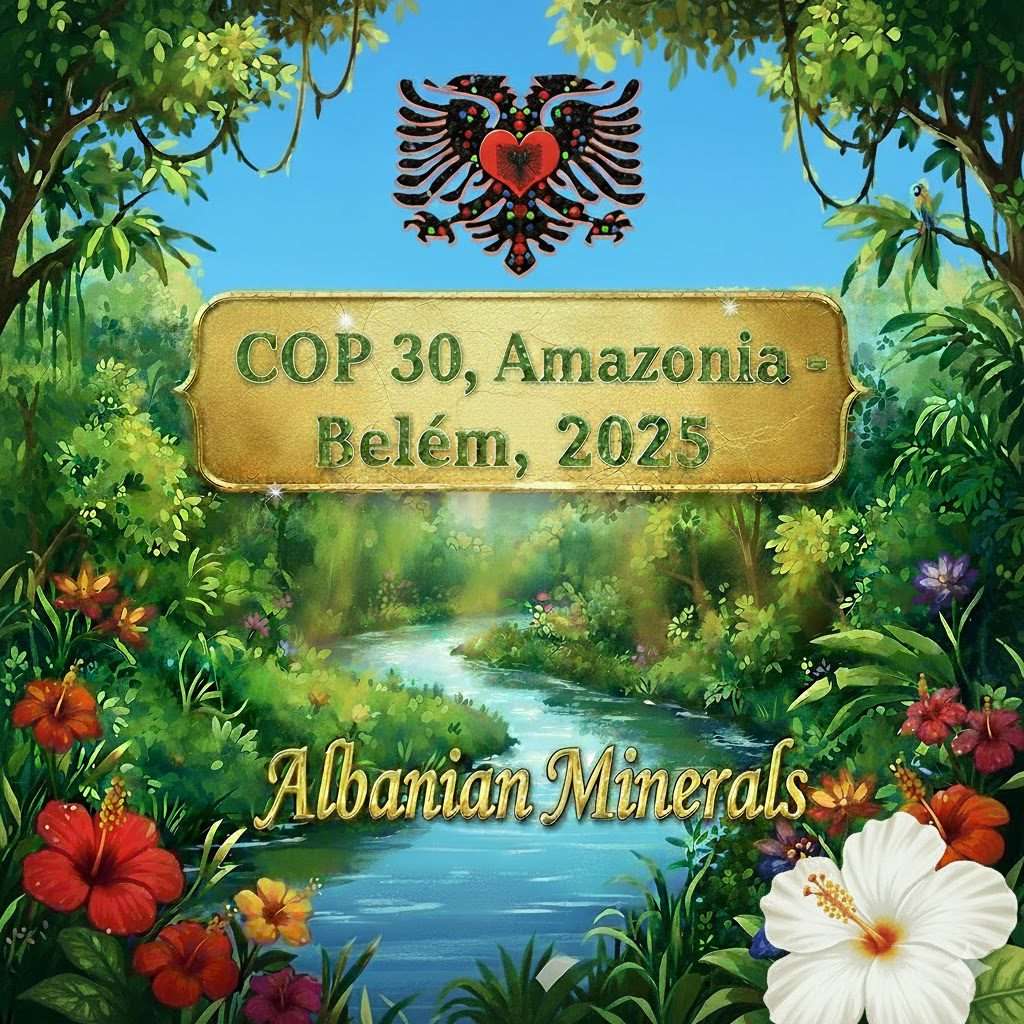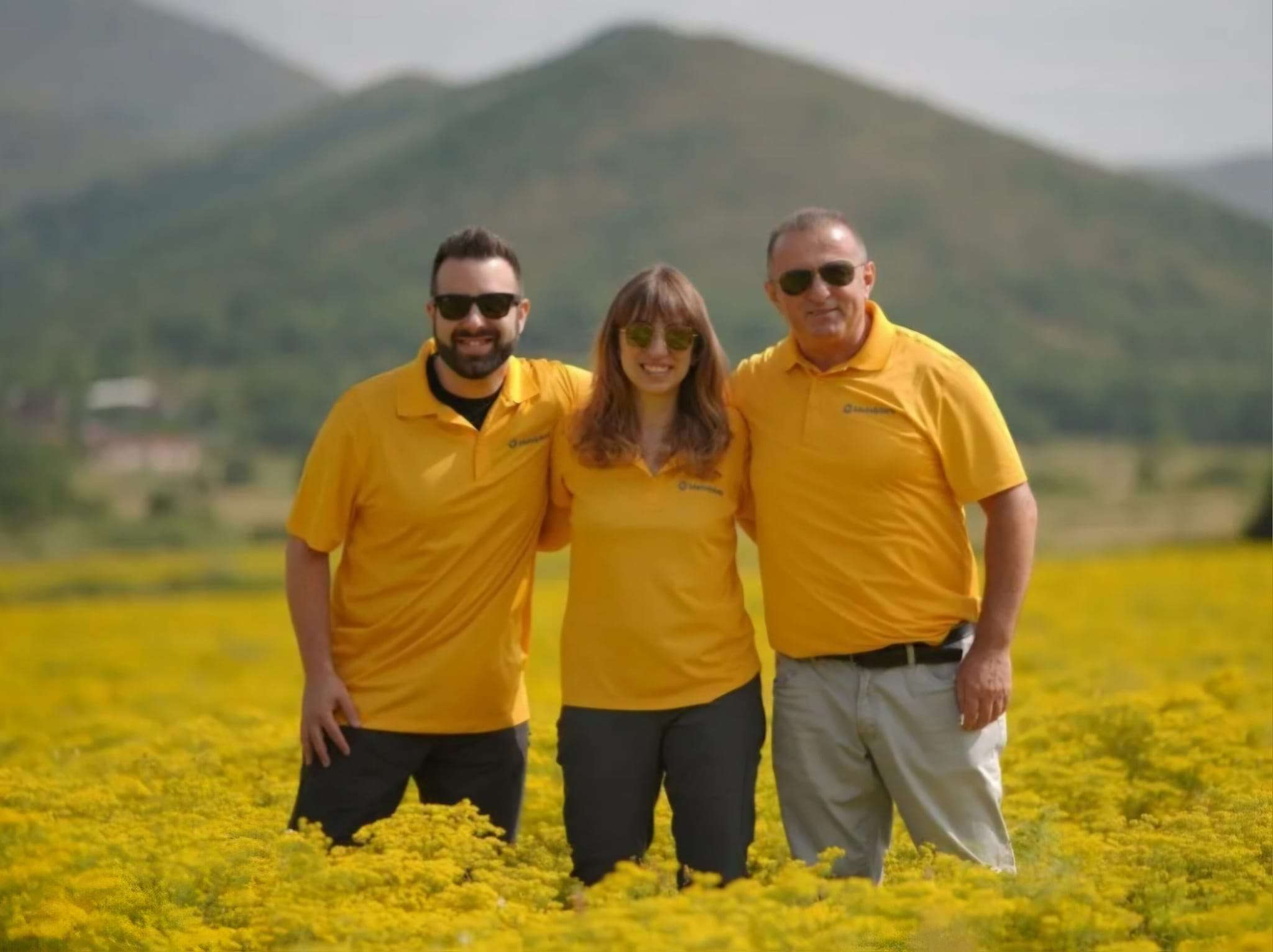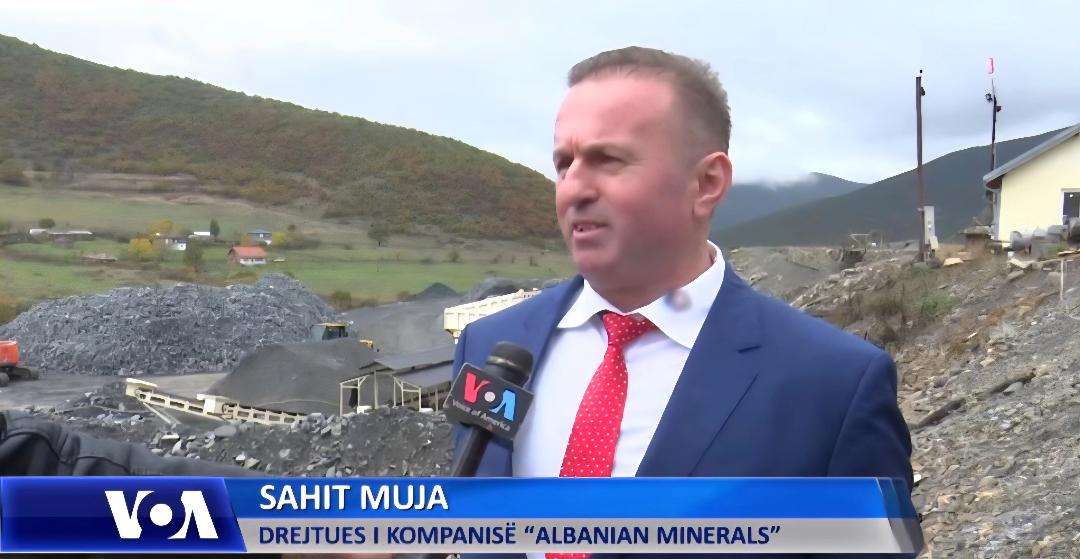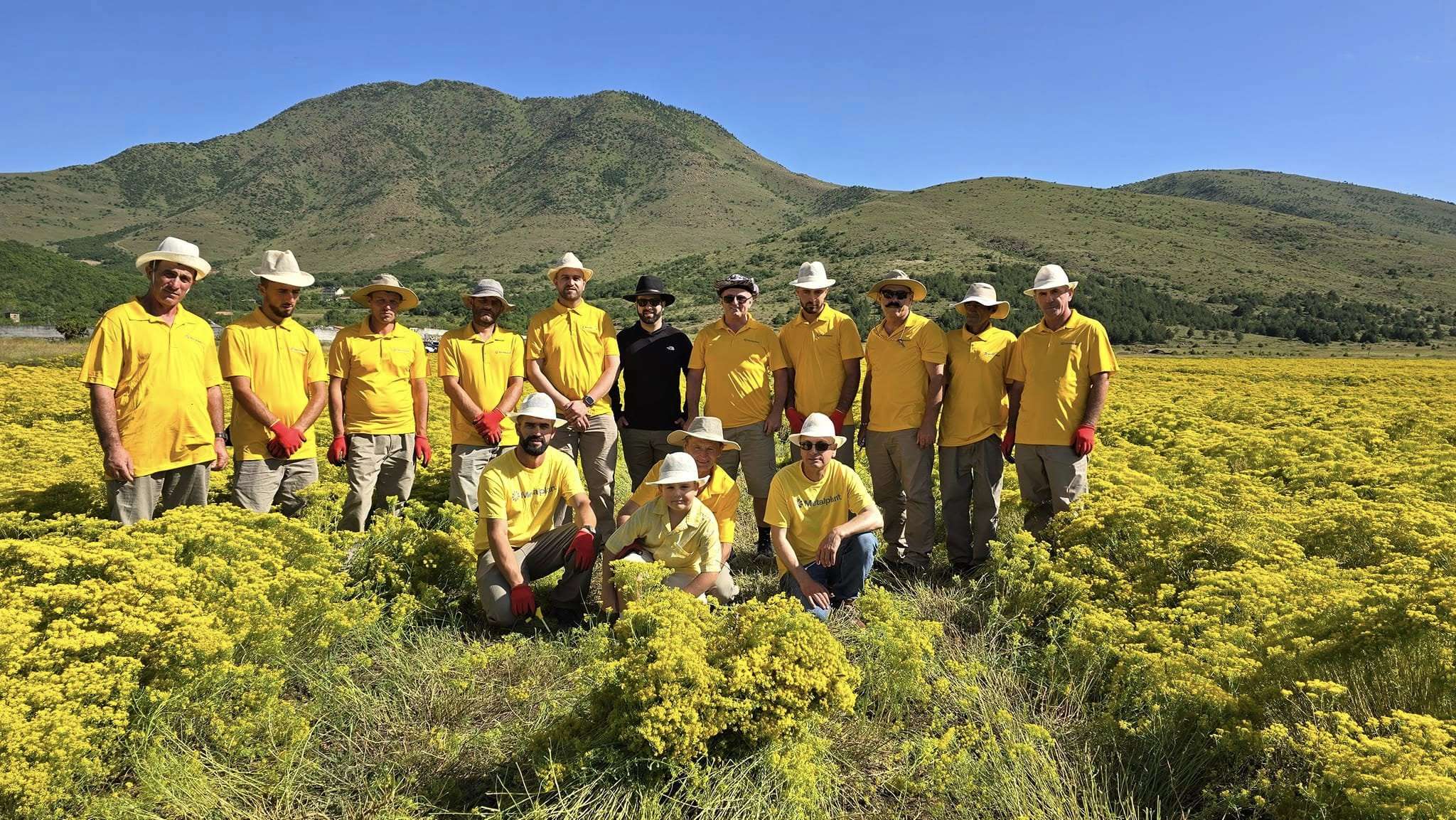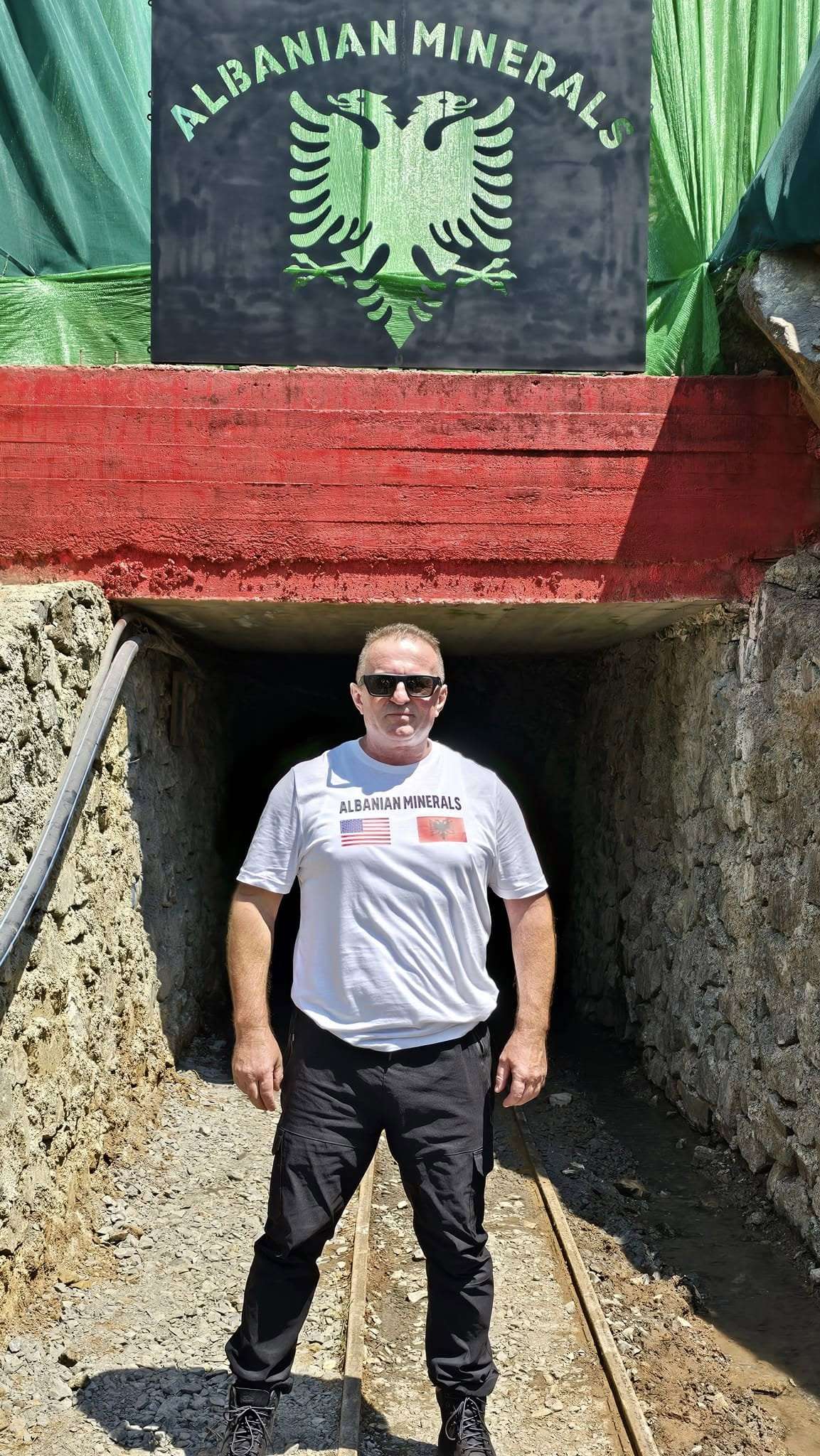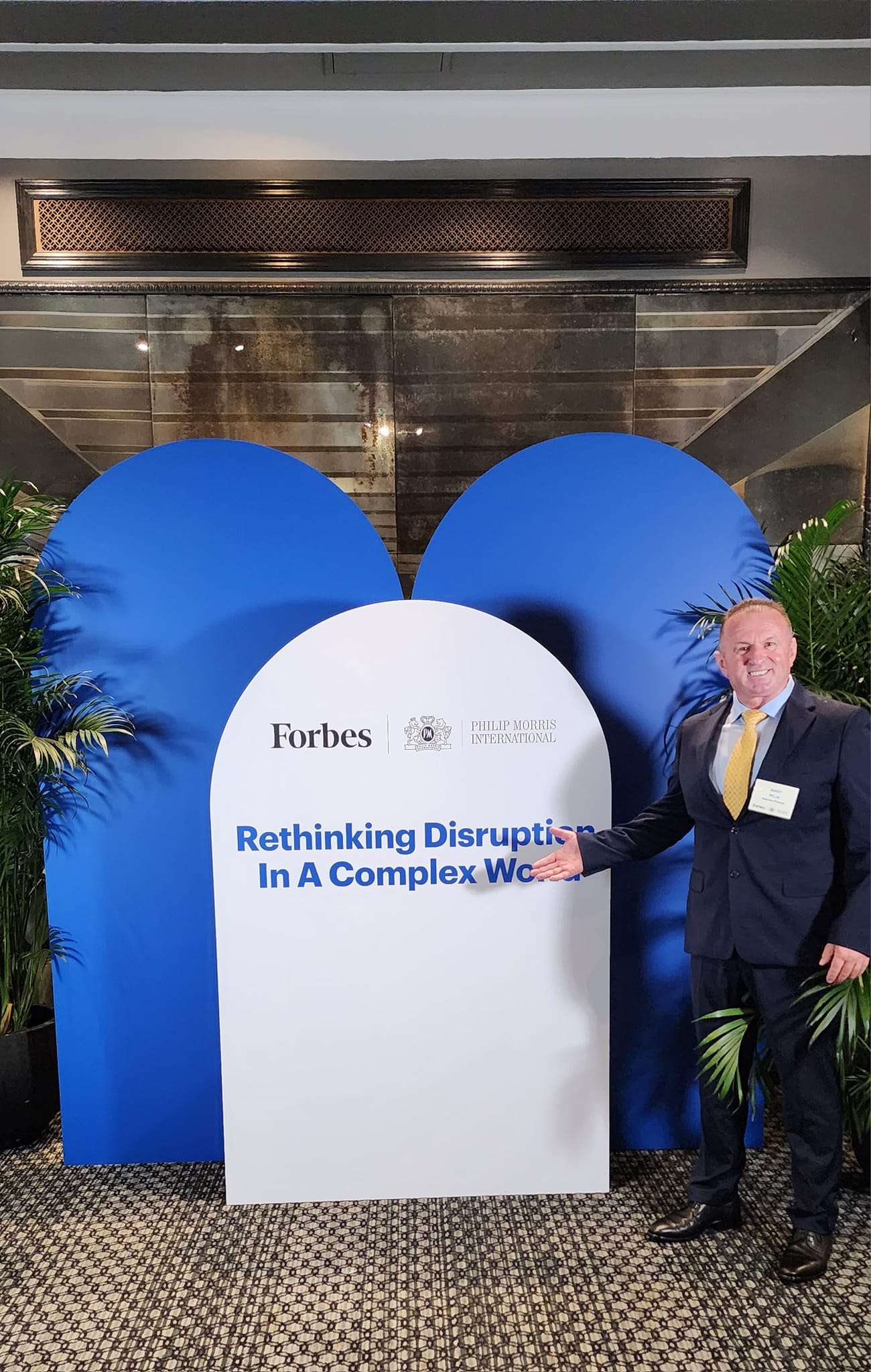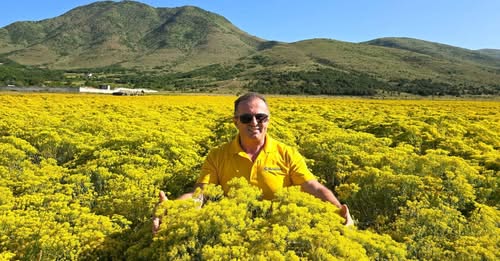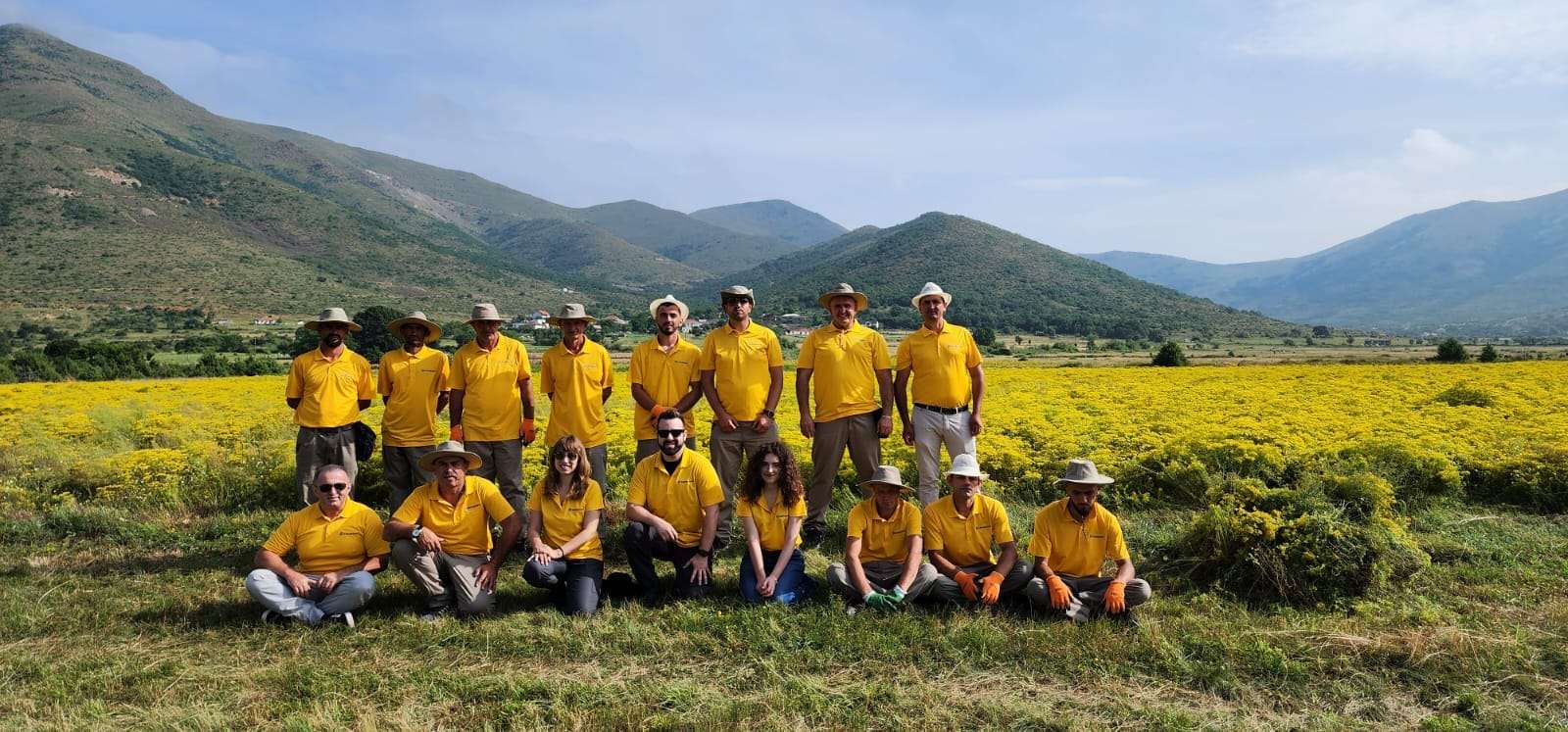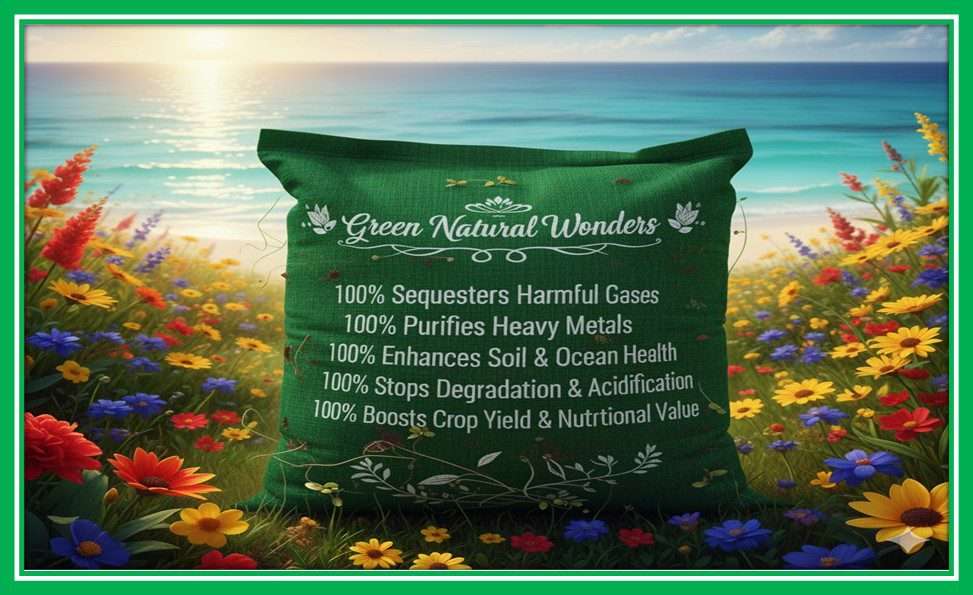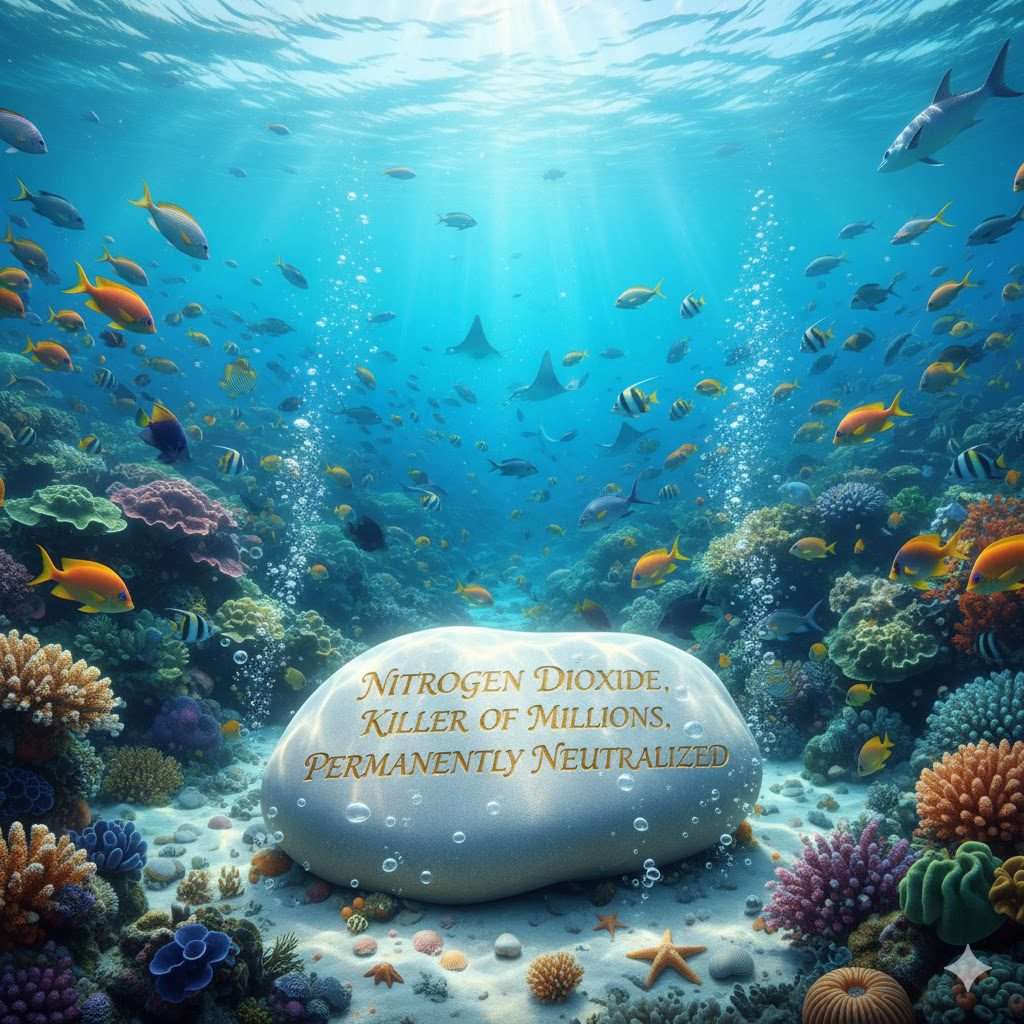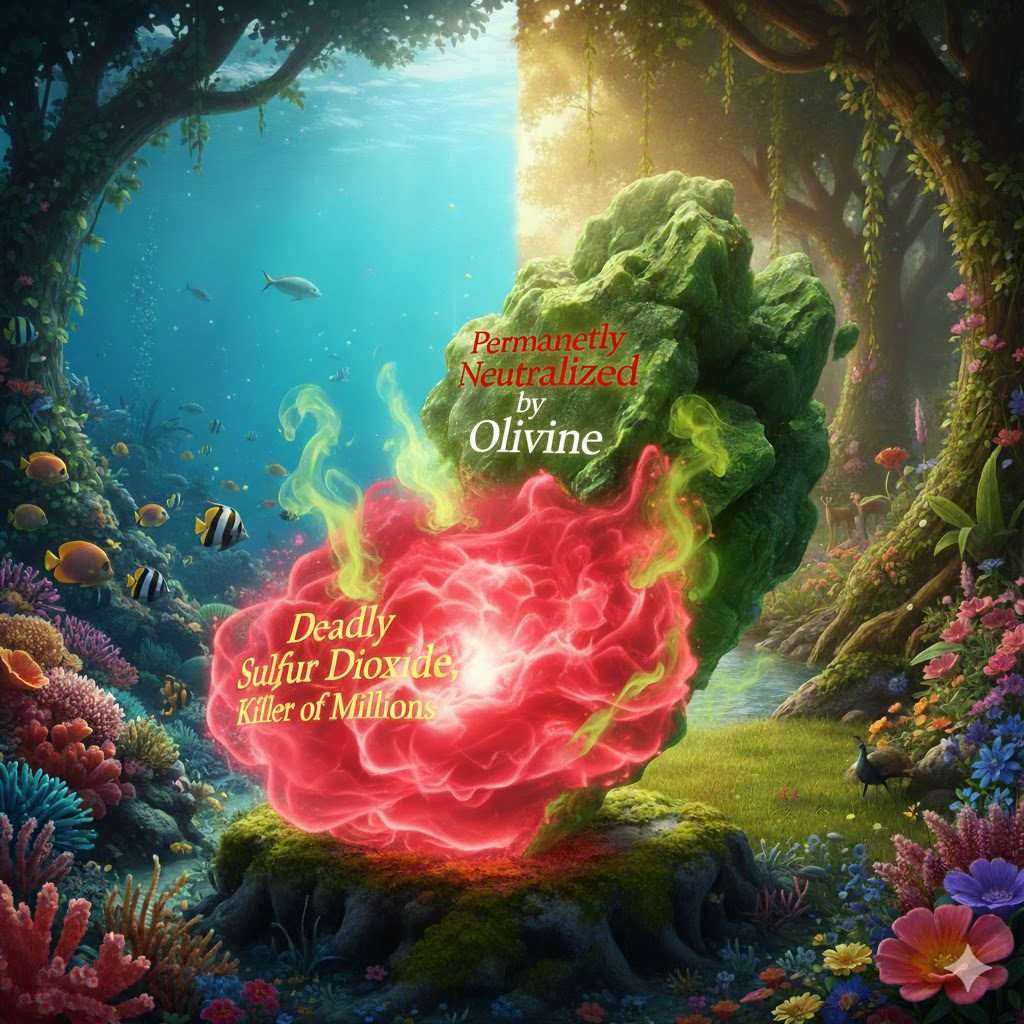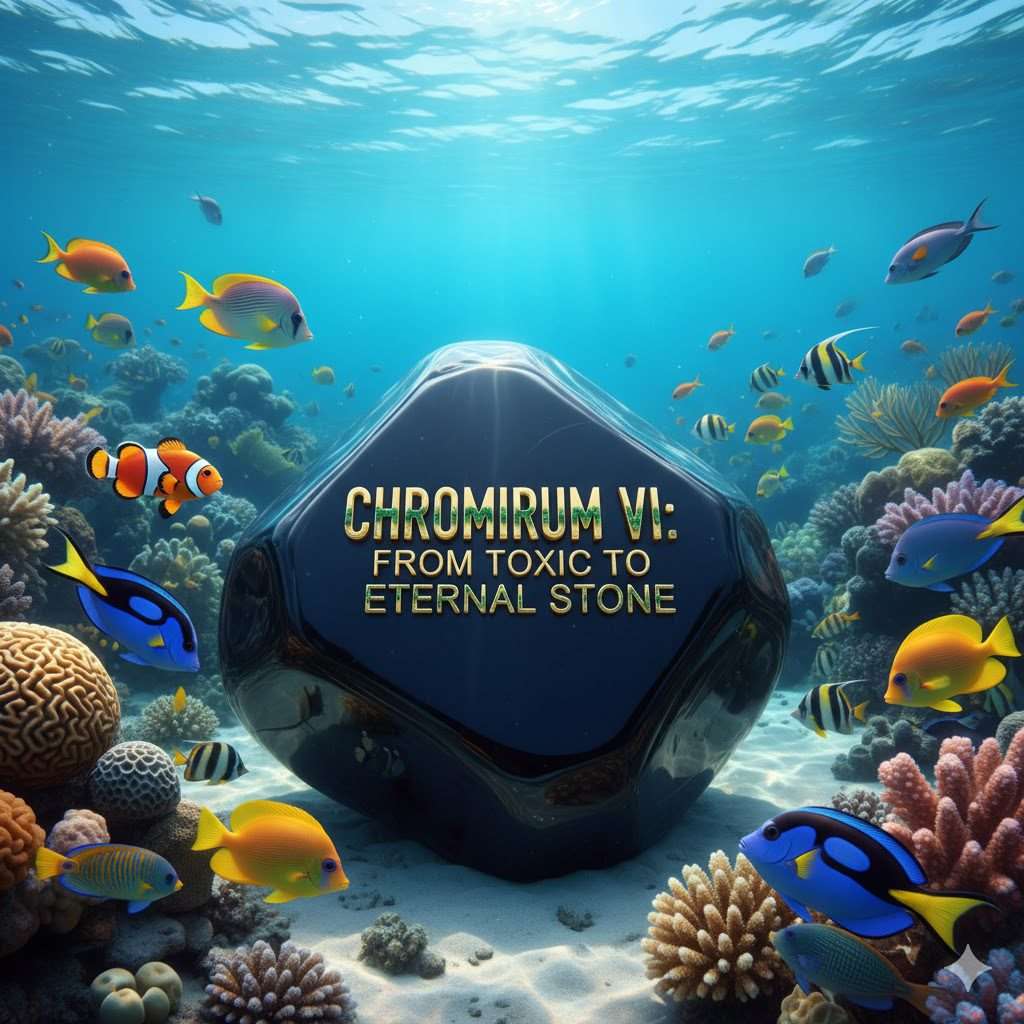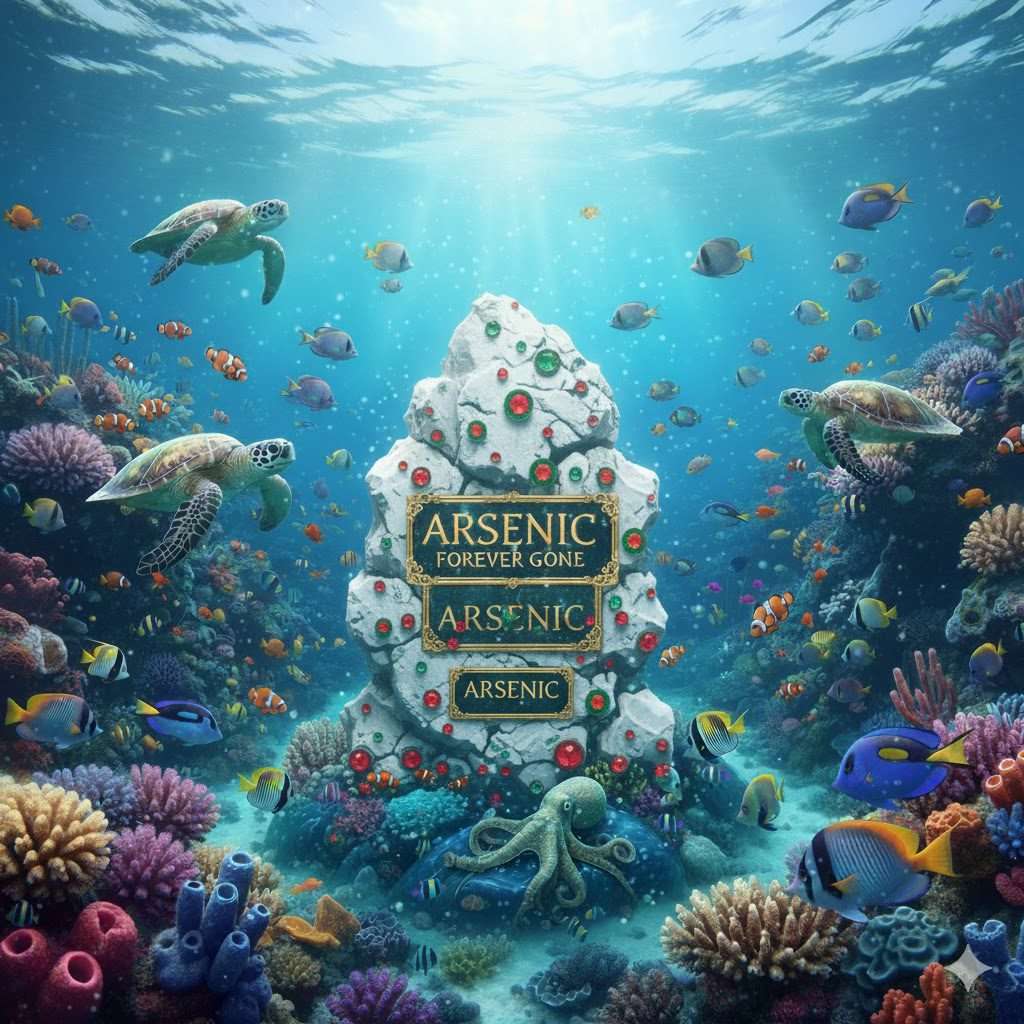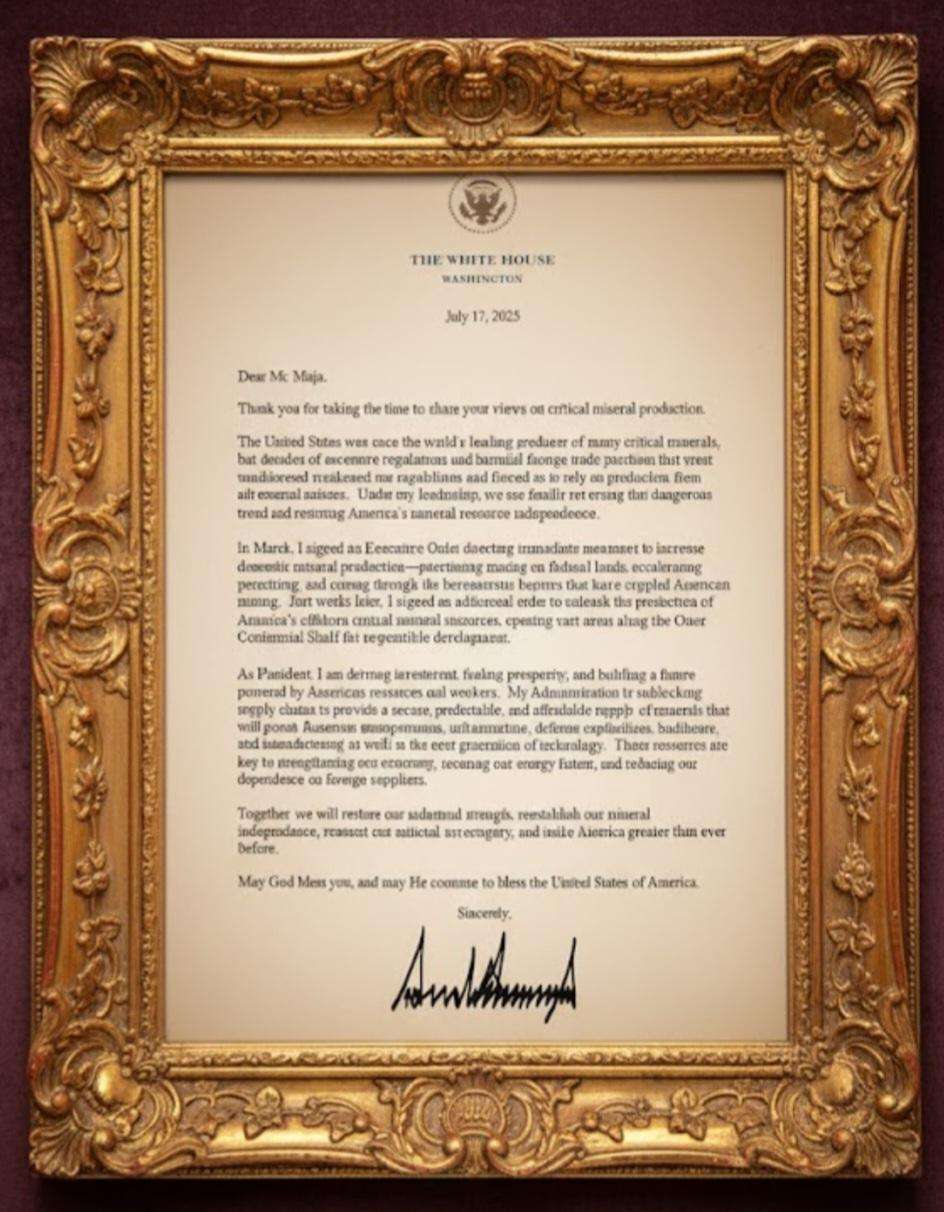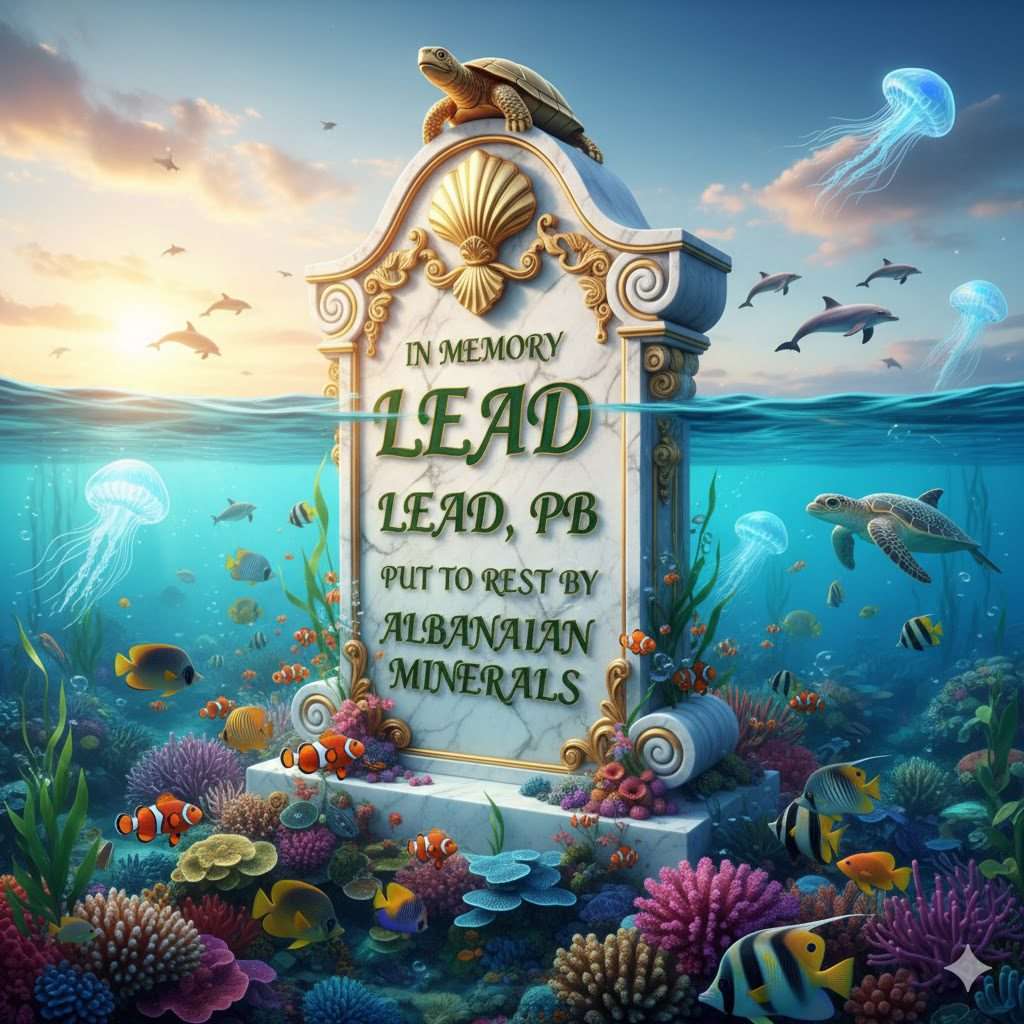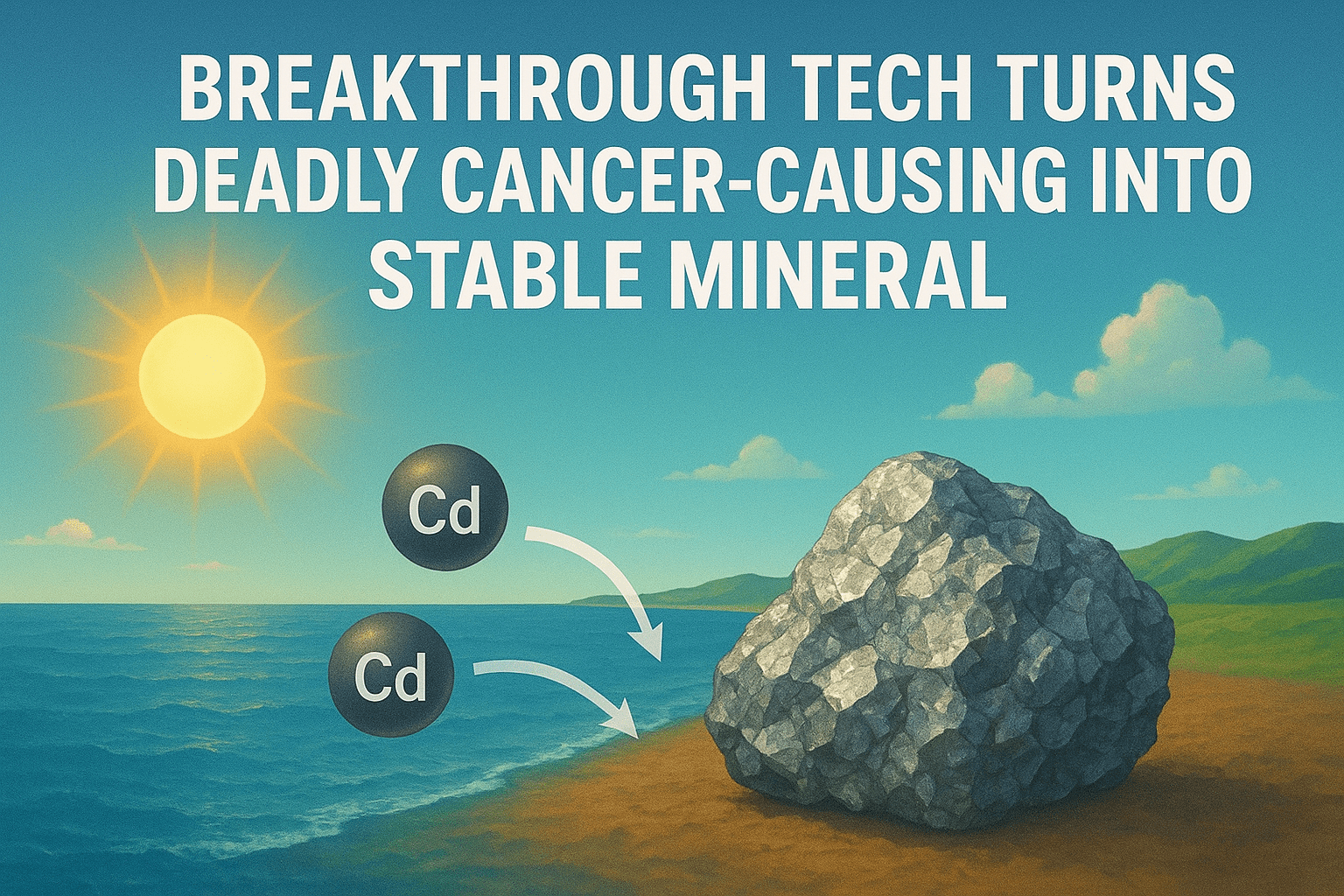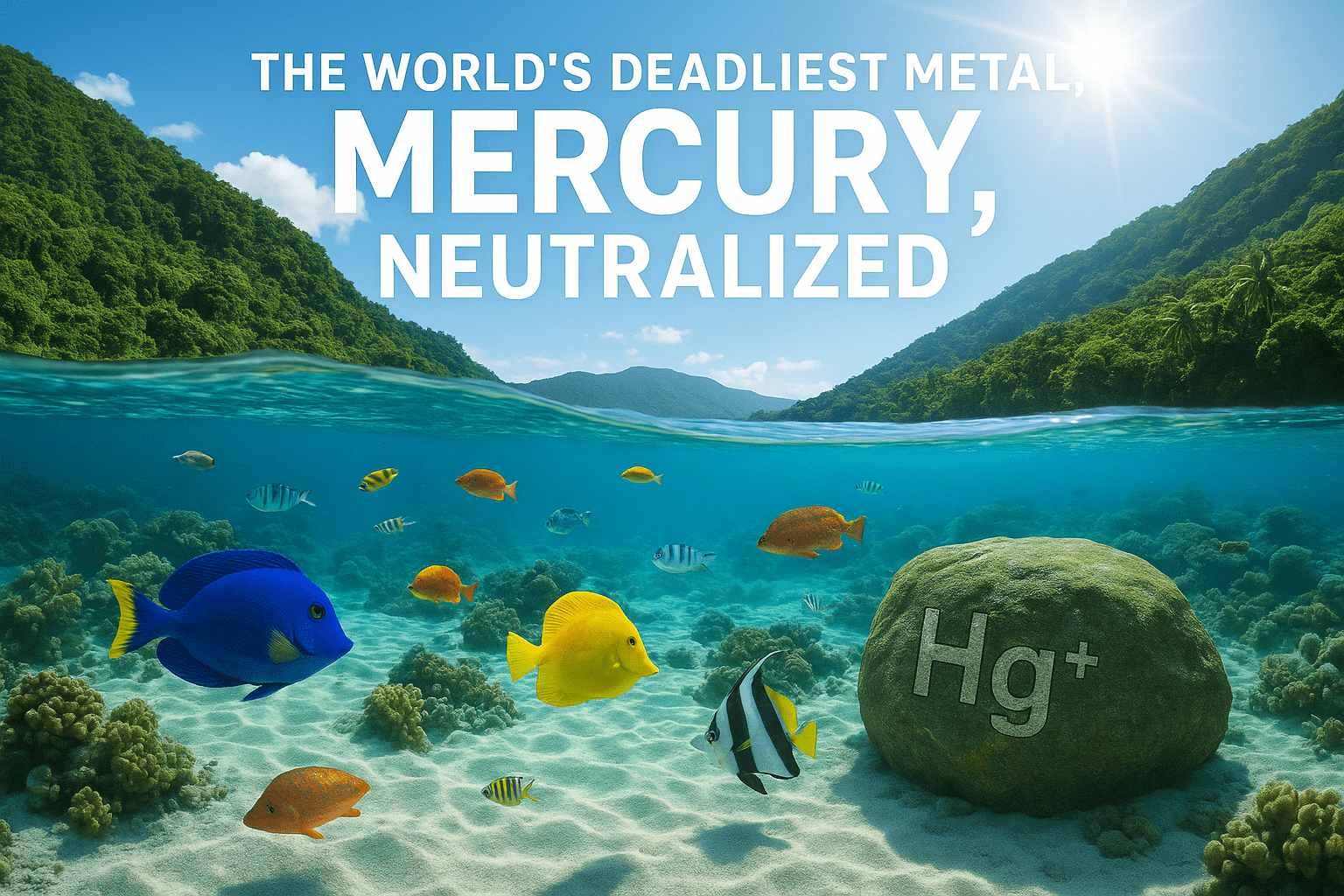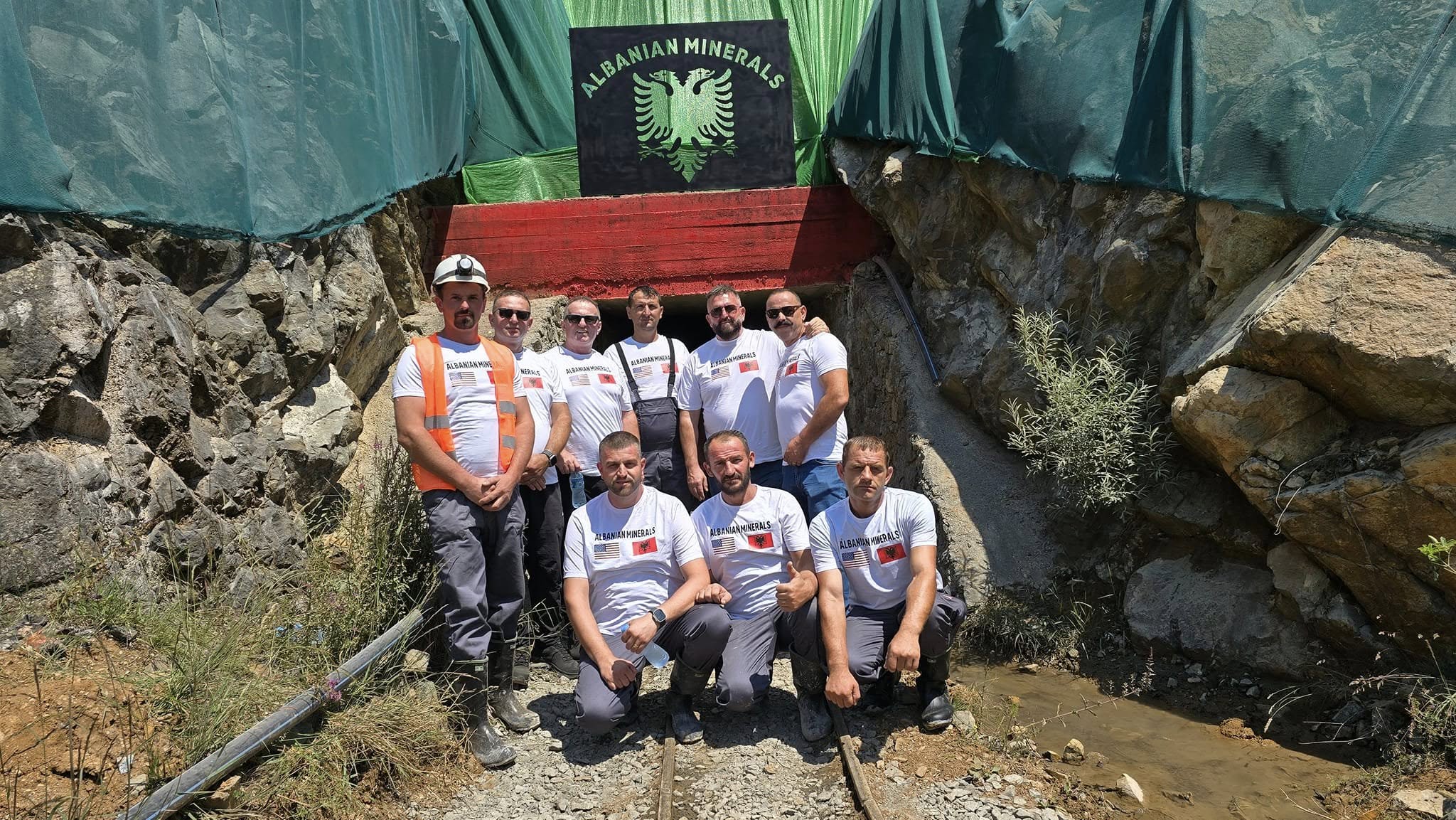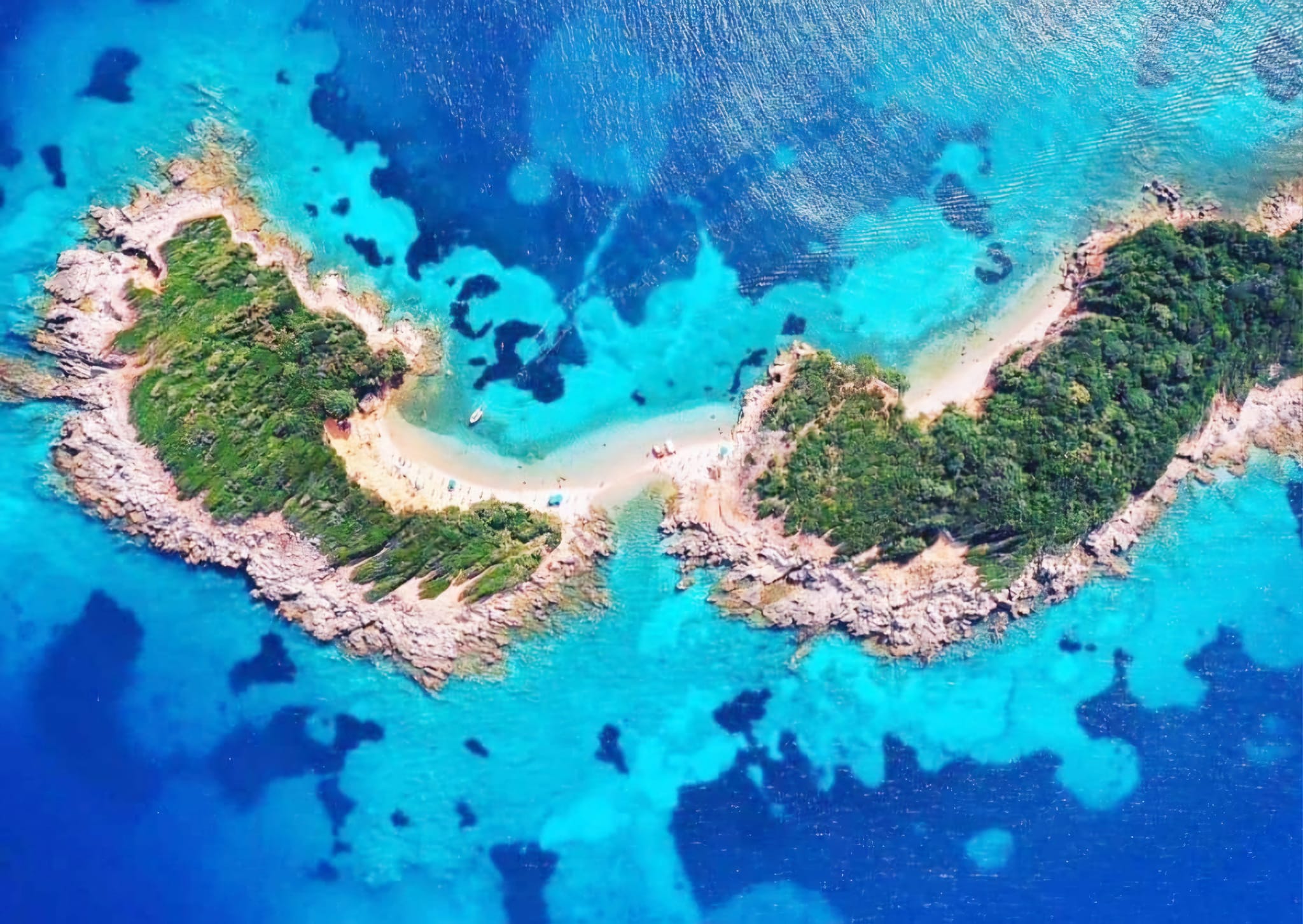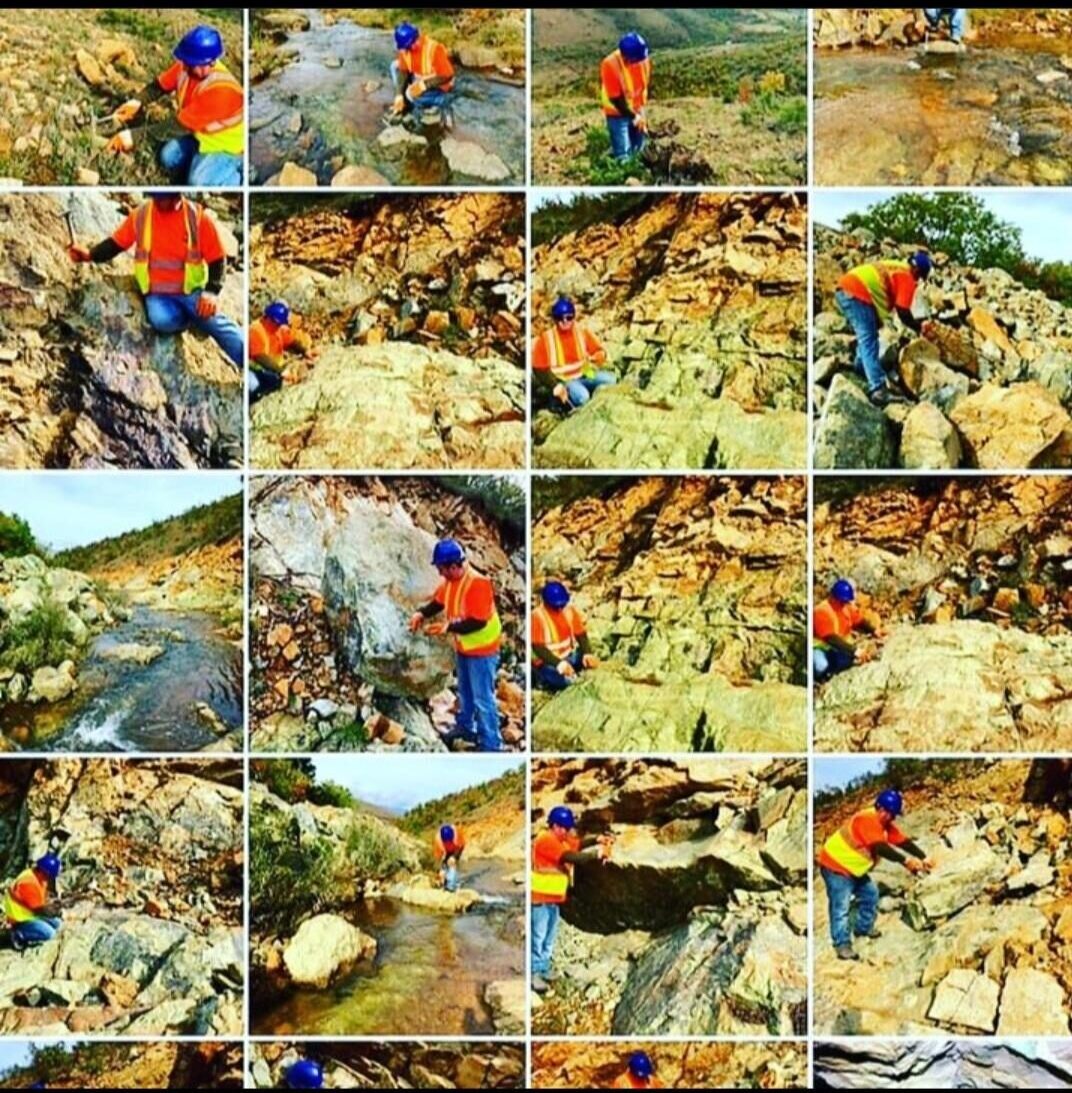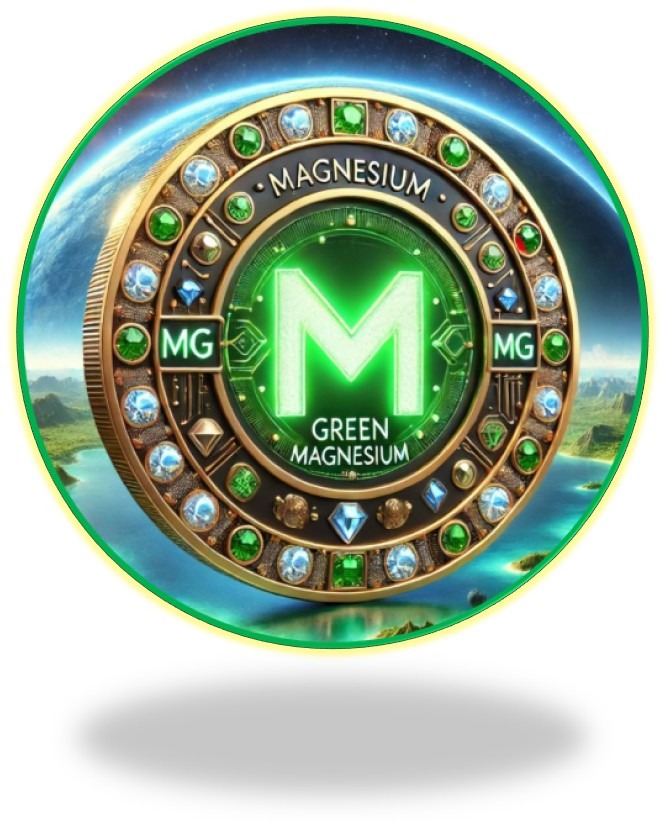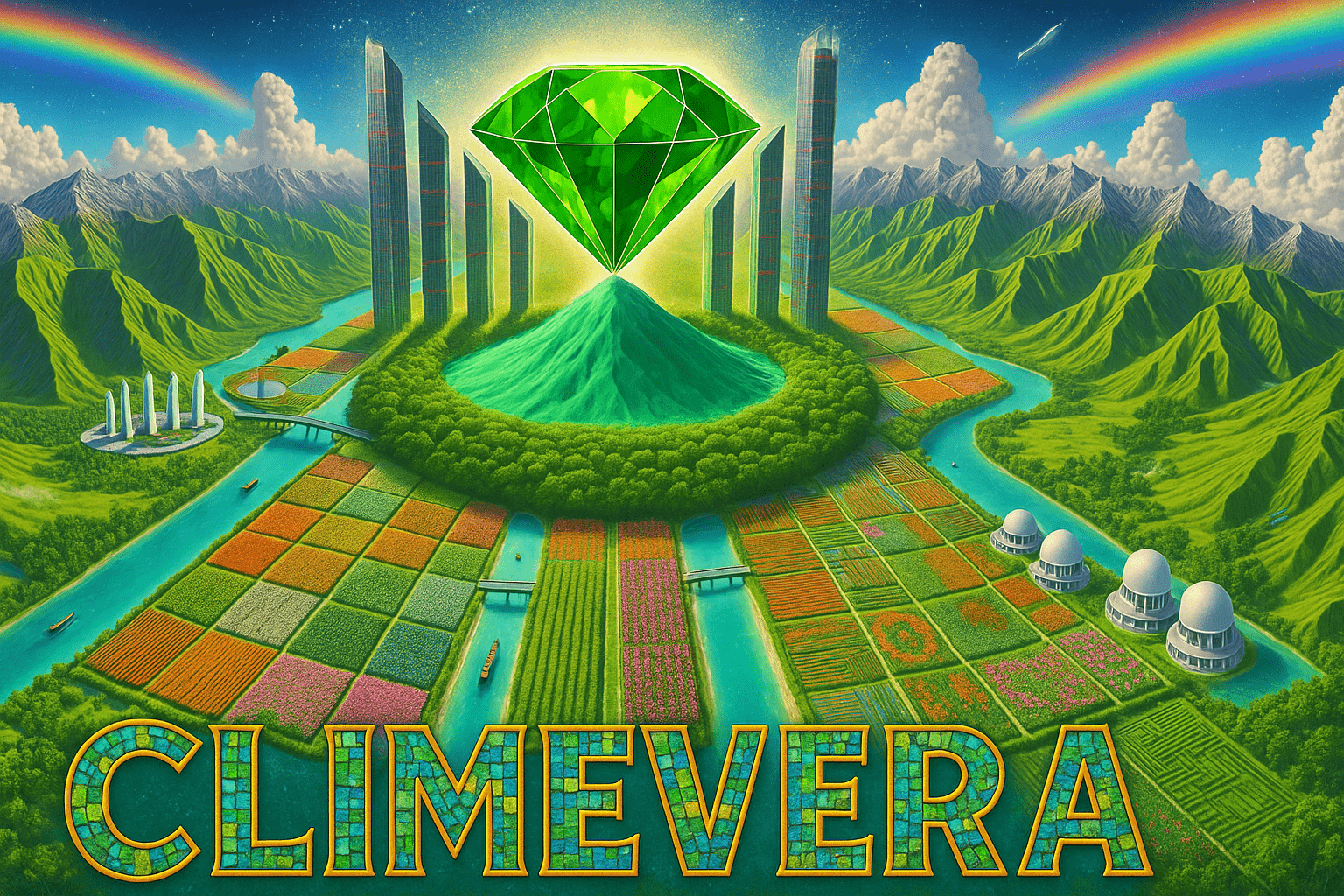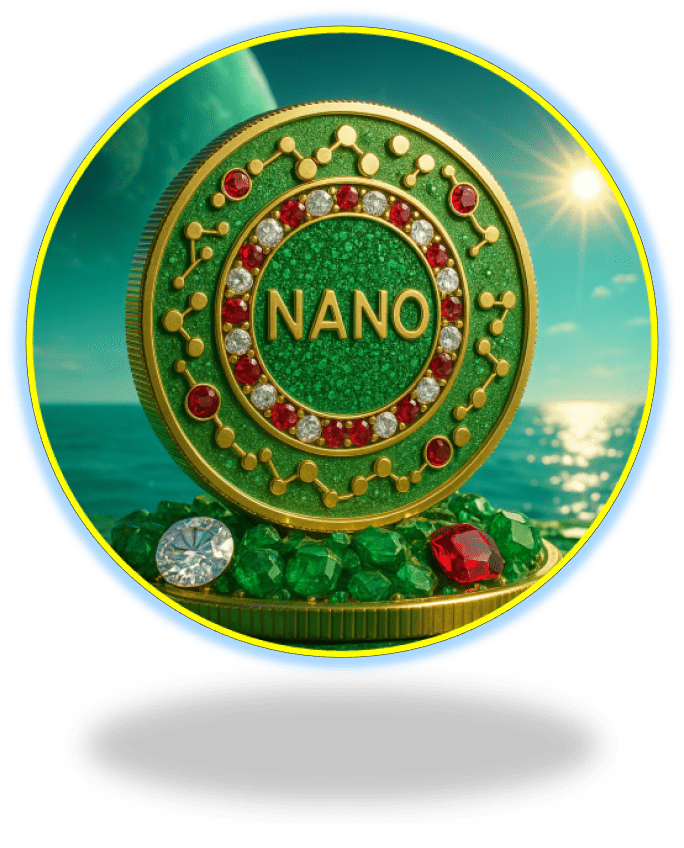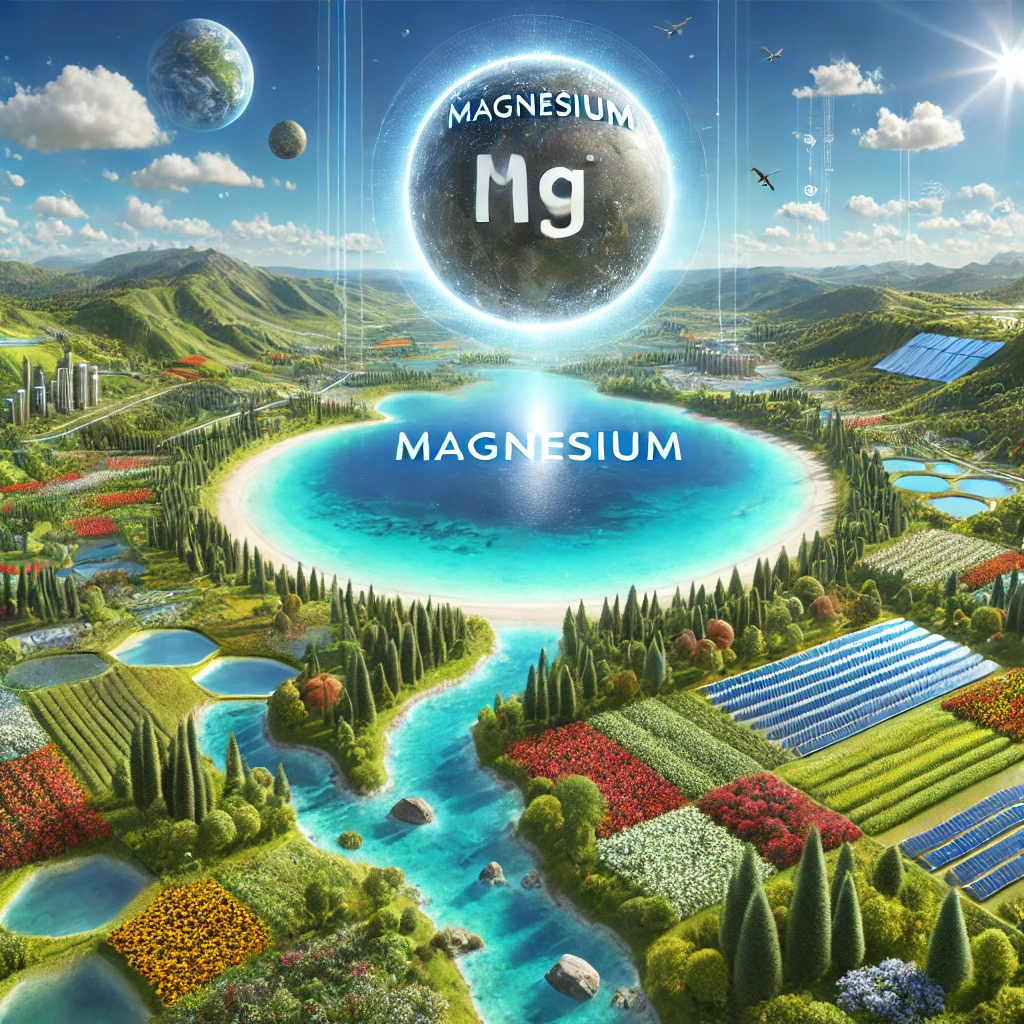
The world we breathe in today carries the invisible dust of death. Floating through sunlight and shadow alike, billions of microscopic particles move across every continent and every city — the silent debris of combustion, construction, and decay. These are particulate matters PM2.5 and PM10, the fine and coarse fragments of pollution so small that they slip past the body’s defenses and enter the bloodstream. They are born from engines and factories, from coal and steel, from smoke and fire. They drift unseen but cut deep, poisoning lungs, clouding skies, and shortening human life. According to the World Health Organization, more than seven million people die every year from diseases linked to fine particulate matter — heart attacks, lung cancer, strokes, chronic respiratory illnesses, and aggravated asthma. It is the single largest environmental killer on Earth, responsible for more premature deaths annually than wars, HIV, malaria, and traffic accidents combined. Beyond this unimaginable human toll lies an economic wound that deepens with every breath — the global cost of air pollution exceeds $8 trillion per year, equivalent to nearly 7% of the world’s total GDP, through lost productivity, medical expenses, reduced crop yields, and ecosystem degradation. In cities from Delhi to Beijing, from New York to Lagos, every breath has a price.
Yet hidden deep within the Earth’s mantle lies an ancient mineral that carries the memory of the planet’s first breath — a stone so simple, so abundant, and so profoundly reactive that it holds the power to purify air, capture carbon, and silence the dust of death. It is called olivine, and its chemical formula — Mg₂SiO₄ — conceals within it one of the most elegant natural reactions known to science. Formed in the fiery birth of our planet, olivine has spent billions of years transforming the atmosphere, regulating carbon, and shaping oceans. Today, under the visionary direction of Sahit Muja, founder of Albanian Minerals and Green Natural Wonders, this green stone is emerging as one of the greatest allies in humanity’s struggle to restore the balance of the biosphere. What was once the core of volcanoes is becoming the foundation of a regenerative civilization.
When olivine is exposed to air, water, and carbon dioxide, it begins a slow but powerful weathering reaction. In the presence of moisture, its magnesium atoms react with CO₂ to form magnesium carbonate (MgCO₃) and silicic acid (H₄SiO₄) — minerals that are harmless, stable, and permanent. The reaction can be written simply as:
Mg₂SiO₄ + 4CO₂ + 4H₂O → 2Mg(HCO₃)₂ + H₄SiO₄\text{Mg₂SiO₄ + 4CO₂ + 4H₂O → 2Mg(HCO₃)₂ + H₄SiO₄}Mg₂SiO₄ + 4CO₂ + 4H₂O → 2Mg(HCO₃)₂ + H₄SiO₄
Through this quiet chemistry, olivine captures carbon dioxide, neutralizes acidity, and releases a form of silica that nurtures marine life and plant roots. But beyond its ability to bind carbon, olivine also acts as a physical and chemical purifier of air — a natural sponge for particulate matter. When finely ground and exposed to the wind, each particle of olivine becomes a micro-reactor. Its charged surface adsorbs soot, sulfates, nitrates, and heavy metal ions from the atmosphere. PM2.5 and PM10 particles collide with olivine and stick to it through ionic attraction and surface reactions. The toxic dust that once floated free is captured, immobilized, and mineralized. The chemistry of death becomes the chemistry of life.
This process is not abstract theory. When olivine is spread across city landscapes, coastal zones, or industrial grounds, it acts as a self-regenerating filter. The mineral binds fine dust, traps heavy metals, and converts corrosive gases into neutral salts. In polluted areas, olivine reacts with sulfur dioxide and nitrogen dioxide — the acid gases that give birth to smog — forming magnesium sulfate and magnesium nitrate, both stable, harmless compounds. The chemical transformations are irreversible:
Mg₂SiO₄ + 2SO₂ + 2H₂O + O₂ → 2MgSO₄ + H₄SiO₄\text{Mg₂SiO₄ + 2SO₂ + 2H₂O + O₂ → 2MgSO₄ + H₄SiO₄}Mg₂SiO₄ + 2SO₂ + 2H₂O + O₂ → 2MgSO₄ + H₄SiO₄ Mg₂SiO₄ + 4NO₂ + 2H₂O → 2Mg(NO₃)₂ + H₄SiO₄\text{Mg₂SiO₄ + 4NO₂ + 2H₂O → 2Mg(NO₃)₂ + H₄SiO₄}Mg₂SiO₄ + 4NO₂ + 2H₂O → 2Mg(NO₃)₂ + H₄SiO₄
In this way, olivine removes the very building blocks of haze and particulate pollution. It turns poisons into minerals, acids into salts, and dust into stone. Every ton of olivine exposed to the air can absorb over a ton of carbon dioxide, while simultaneously capturing countless particles of toxic matter. Unlike mechanical filters or chemical scrubbers, olivine needs no energy, no maintenance, no waste disposal. It works quietly, eternally, through the natural forces of weathering — powered only by rain, wind, and sunlight.
Imagine cities built from olivine. Pavements, rooftops, and concrete made with this mineral continuously absorbing carbon dioxide and fine dust from the atmosphere. Walls that clean themselves, streets that breathe, skylines that glow in clear air. Imagine industrial zones and highways lined with olivine barriers that trap heavy metal dust before it can travel into lungs and rivers. Imagine deserts and coastlines where crushed olivine neutralizes acid rain, enriches soil, and helps coral reefs recover by stabilizing ocean alkalinity. Every grain of olivine exposed to the air becomes an active participant in planetary repair. What was once geological time — the slow work of millennia — becomes the technology of the present.
Olivine’s potential extends beyond pollution control. It is also a nutrient for life. As it weathers, it releases magnesium, one of the essential elements for chlorophyll and photosynthesis. The same reaction that captures carbon and purifies air also feeds plants and microorganisms. In this way, olivine forms a bridge between the inorganic and organic worlds, a mineral that connects chemistry with biology, stone with breath. It is a living mineral in the truest sense — one that restores balance through every reaction it undergoes.
For Sahit Muja, olivine is not merely a resource; it is a philosophy — a way of reuniting humanity with the regenerative intelligence of the Earth. His vision transforms industrial activity into ecological renewal, where mining becomes restoration and production becomes purification. Under his leadership, Albanian Minerals and Green Natural Wonders are pioneering the global use of olivine in construction, agriculture, carbon sequestration, and air purification. By grounding innovation in the deep logic of geology, Muja is demonstrating that progress need not destroy; it can heal. Each ton of olivine applied to the Earth is not an act of extraction, but an act of giving back — a gesture of restoration to the planet that sustains us all.
Particulate matter may be humanity’s most pervasive killer, but olivine offers a counterforce as old as the world itself. It does not fight pollution with artificial machinery, but with nature’s own chemistry — a gentle, continuous transformation that reclaims the atmosphere molecule by molecule. In every grain of olivine lies a promise that what we call waste can be reborn as wellness, that what suffocates the sky can be transmuted into stone. The dust of death can be turned into the breath of life.
Olivine reminds us that the Earth already knows how to heal. We have only to remember her language — the language of minerals, water, and time. When rain falls upon crushed olivine, it does not pollute; it purifies. When wind moves across an olivine-rich landscape, it does not carry poison; it cleans. In this quiet exchange between air and stone, nature writes her oldest and most beautiful equation — one in which balance is the outcome, and life the inevitable result.
In the vision of Sahit Muja, this is not distant poetry, but a blueprint for civilization. His regenerative green economy imagines a planet where cities breathe, oceans recover, and minerals become instruments of healing. Through olivine, humanity can return to harmony with its own planet — not by resisting nature, but by working with her, by letting her wisdom lead. Every grain of olivine, glimmering softly in the light, carries the future within it.
It is the color of renewal, the chemistry of hope, and the breath of a living Earth — a promise that the invisible dust of death will, at last, be turned into the stone of life.




